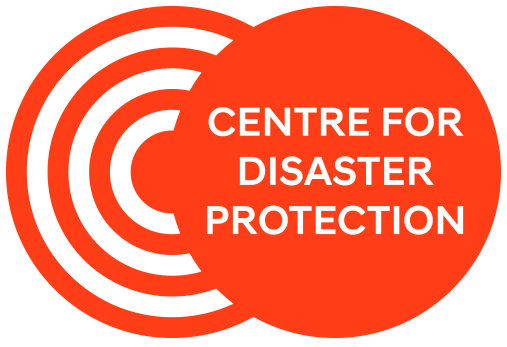Staying ahead of the curve: applying a disaster risk finance lens to epidemic and pandemic risk
Author: Cristina Stefan, Anna DeGrauw
Photo: World Health Summit
Our new insight paper responds to the G7 health minister’s communique by proposing a disaster risk finance (DRF) approach to pandemic response.
After intense negotiation, the recent communiqué by the G7 health ministers in Nagasaki holds significant importance in signalling a proactive approach towards addressing the risk of future pandemics and epidemics. Together with the supporting G7 Shared Understanding on Enhanced Finance–Health Coordination and PPR Financing note, they coordinate various instruments dedicated to pandemic prevention, preparedness, and response (PPR). These legally and non-legally binding measures are set to be adopted within the year and mark a critical step forward in safeguarding global health security.
Despite such positive signals, both statements are notably, if unsurprisingly, light on the next steps or details – including an in-depth examination of where new finance will come from or the conditions under which it will be released and directed.
Timely finance can play a critical role in tackling epidemic outbreaks by outpacing the exponential rate at which infection can spread. However, still overwhelmingly, good DRF practices are excluded from the design of the future global health architecture.
Currently, an incredibly small volume of pre-arranged financing – less than 5% – is linked to specific triggers and clear conditions for its disbursal – confirming the Centre’s findings on a larger scale on volumes of pre-arranged finance available for the Covid-19 response. In the absence of a renewal of the World Bank’s Pandemic Emergency Financing Facility in 2020, pre-arranged instruments dedicated to health emergencies are confined to a handful of examples, which cover only a small proportion of the protection gap.
Today, three broad layers of response funding are available when a health emergency strikes a country, ranging from budget reallocations to contingent credit lines offered by multilateral and regional development banks, relief grants and humanitarian pooled funds. Given the lessons learned following Covid-19, development banks have strengthened their offering to routinely finance response to health emergencies, and some small-scale innovations have seen the light either as sovereign insurance or anticipatory action. More funding should come through these pre-arranged instruments but only when complemented by proper plans to disburse timelier funding. Similarly, a global pandemic response mechanism can only be viable if proper national-level mechanisms and systems are first established to hold and absorb high volumes of finance dedicated to response.
Figure 1: Chronology of financing an outbreak response (theoretical, based on previous outbreaks). Source: Authors, based on data collection from public sources for previous outbreaks and Amandeep Singh (2023), Independent Global Health Consultant
Global health architecture is at an inflexion point. When applying a DRF lens, gaps in current proposals begin to emerge as opportunities for reform.
The G7 proposal represents a significant step since a judicious use of risk transfer mechanisms for high-severity events can provide an efficient means of providing access to funding without tying up budgetary resources in years when shocks do not happen – but its framing is key. To succeed with taking forward such a layering mechanism, DRF mechanisms and approaches should be the norm in designing financing instruments that pay for outbreak response. The discipline of developing DRF systems for the emergency response to other crises brings important lessons about how to leverage, layer and connect new funding sources and actors and prioritise allocations through clearly defined triggers. While a proposed new global finance surge mechanism for pandemic risk shows the right level of ambition, it will rerun its predecessors’ failings unless we have the right levers and layers to make it viable.
High-level meetings at the UN General Assembly (UNGA) in September – including the UNGA High-level Meeting on Pandemic Prevention, Preparedness and Response – offer a moment to assess priorities and garner political commitments before a legally binding WHO Convention is signed in May 2024.
As the incoming G7 president, Italy has a unique opportunity to build on Japan’s leadership and the legacy of its own G20 presidency during Covid-19, such as through the Joint Finance and Health Task Force. Strengthening coordination between G20 and G7 initiatives can avoid fragmentation and mobilise collective support for UN conventions and declarations on pandemic PPR. Global decision-making bodies have an opportunity to build a more inclusive, cohesive, and DRF-driven system when designing the next generation of pandemic and epidemic risk finance instruments.
We must stay ahead of the curve.


